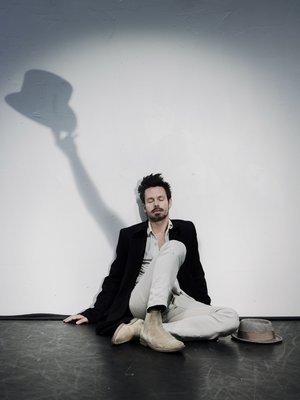Alexander Ekman (1984 -) started his career at the age of sixteen as a dancer in the Swedish Royal Ballet. Barely a year later, he moved to one of Europe’s most famous contemporary formations, the young troupe of the Netherlands Dance Theatre called Nederlands Dans Theater 2. However, he didn’t stay long here, either. His restless curiosity led him to study the world’s contemporary dance styles, until at the age of 21 he finally decided to become a choreographer. Over the course of the past fifteen years, he has become famous all over the world and worked with more than 45 companies, including those of the Cullberg Ballet, the Compañia Nacional de Danza, the Bern Ballett, the Semperoper Dresden, the Norwegian National Ballet, the Swedish Royal Ballet, the Cedar Lake Contemporary Ballet, and the Boston Ballet. He was a co-choreographer at the Netherlands Dance Theatre (NDT) from 2011 to 2013. He often crosses the boundaries of choreography genres, and we might come across his name at the Opera as a composer or set designer as well.
In recent years, he has debuted as a film director and the increasingly characteristic Ekman style of movement has been present in a number of museum and pop-up art performances. Ekman also taught at the Juilliard School in New York. The common thread that links Ekman’s works is a tight tempo that demands extreme precision, a dry humour that reinterprets the stories, and exciting, surprising transitions. He is capable of holding a mirror in a manner where the reflection is free of all mannerisms and is painfully but not hurtfully truthful. The aim is to entertain and involve audiences while making them think.
Alexander Ekman already worked in Budapest with the Hungarian National Ballet in 2019, when his piece entitled Episode 31 was performed by the Ballet. The corps de ballet was honoured by the fact that Ekman specially tailored the piece to the Hungarian dancers while on-site, combining two separate casts. This season, his most famous and most popular piece, Cacti will be on stage. The movements of the piece were inspired by the ritual practices of Tibetan monks.
